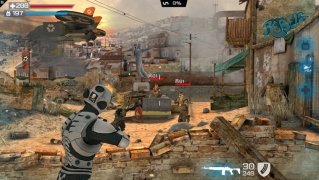


Using DHCP to automatically configure the interface Stretch and Buster still retain support for the old naming system as long as the file /etc/udev/rules.d/les is still in place, but users are advised to switch ahead of the upgrade to Bullseye. Various examples below continue to use "eth0" as a default interface name, even though it is unlikely to exist on a modern system. You can list interfaces with: ls /sys/class/net The new system uses names based on hardware location, like eno0, enp0s31f6, wlp1s7 (or in the case of USB dongles, MAC address: enx2c56ac39ec0d). Since Stretch, new systems by default no longer use old-style interface names such as eth0, eth1, wlan0, wlan1. bridge) in /etc/network/interfaces you can reinitialize the network configuration by restarting the networking daemon: If you make more fundamental network changes e.g. Instead use ifup and ifdown to apply changes to each interface, for example with an interface named enp7s0: Some outdated guides instruct to restart the networking service to apply changes to /etc/network/interfaces, however this was deprecated because it is possible that not all interfaces will be restarted. Interfaces configured with /etc/network/interfaces can be brought up and down with the ifup and ifdown commands.

Remember to add interfaces that you want brought up at boot time to the 'auto' line. Here, you can give your network card an IP address (or use dhcp), set up routing information, configure IP masquerading, set default routes and much more. The majority of network setup can be done via the interfaces configuration file at /etc/network/interfaces. NetworkManager: This is the default for Laptop configuration The interfaces configuration file at /etc/network/interfaces (this page): for basic or simple configurations (e.g.How to set the MTU (Max transfer unit / packet size) with VLANS over a bonded interface.Howto create fault tolerant bonding with vlan (Etch - Stretch).Howto use vlan (dot1q, 802.1q, trunk) (Etch, Lenny).Using systemd-resolved for DNS resolution.Bringing up an interface without an IP address.Using DHCP to automatically configure the interface.


 0 kommentar(er)
0 kommentar(er)
